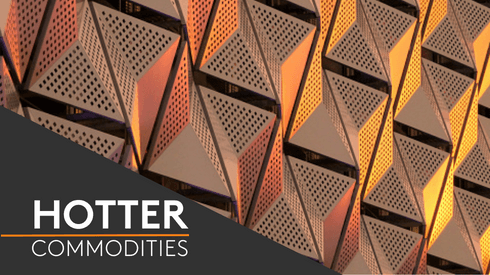By Yiwen Ju and Callum Perry
The calm in prices for these battery materials has followed three weeks of consecutive increases in MHP payables and nickel sulfate prices.
MHP payables stabilize
Market participants continued to show bullish sentiment toward the nickel MHP market, but there was a shift in attitude from previous weeks following sudden and volatile price movements on the LME.
The exchange’s prices spiked on November 14, narrowly short of the 15% daily moving limit, forcing market participants to reassess the payability of MHP in reference to this new underlying price.
“The [current] payable level is reflective [of the market] for now, but should prices rally again and hold closer to $30,000 per tonne, then we will need to reassess payables,” one consumer told Fastmarkets.
This sentiment was reflected by some market participants, with indications and offers emerging below 80% for the first time since October. But no confirmed liquidity was reported at this level, preventing any move for now.
Fastmarkets assessed the nickel mixed hydroxide payable indicator, % London Metal Exchange, cif China, Japan and South Korea, at 80-83% on November 18, unchanged from a week before.
Second-hand liquidity continued to be reported to Fastmarkets, with multiple offers heard within the range.
Some market participants were seeing MHP payables closer to 84%, but buying interest was reported to be thin at these levels. The gap was quickly closing on matte payables, which market participants believed should remain higher than MHP due to the increased purity of nickel.
The wet season continued to cast a shadow over market participants’ minds with fears of possible production disruptions at facilities in Indonesia and New Caledonia, which could push prices higher if demand were to stay high.
Reports emerged last week that miner Prony Resources had reduced its production forecast for the fourth quarter because its operations were disrupted by a tailings leak, brought about by heavy rain.
Market participants noted that while MHP production was forecast to grow exponentially, the present market was still finely balanced, with availability in the spot market still said to be tight.
Because the payable element remained unchanged, there was stability in the expressed price, which is linked by Fastmarkets’ methodology to the previous month’s official nickel cash price.
Fastmarkets assessed the nickel mixed hydroxide precipitate expressed price, cif China, Japan and South Korea, at $17,539-18,197 per tonne on November 18, unchanged from a week earlier.
China’s nickel sulfate price steady
The nickel sulfate price in China halted its upward momentum in the week to November 18 amid cooling demand.
Minimal spot inquiries and offers were heard over the assessment week. A deal was reported at 41,000 yuan ($5,755) per tonne for an undisclosed tonnage, but the majority of participants saw the market lying within the prevailing range.
As a result, Fastmarkets’ weekly price assessment for nickel sulfate, min 21%, max 22.5%; cobalt 10ppm max, exw China, was 41,000-41,500 yuan per tonne on November 18, flat week on week. The price had been rising consistently for the previous five weeks.
Downstream demand from the precursor sector was reported to be cooling, with fewer orders made, capping the market’s further rise.
“It’s traditionally the peak season for car consumption approaching the end of the year, but this is not the case we are seeing now,” a veteran industry trader said, citing the weaker order book for precursor materials.
Meanwhile, high input costs from raw material MHP payables were reported to be putting refiners under pressure, although this lent some support to the nickel sulfate market.
“Despite lower-priced offers this week, MHP payables were most recently transacted at more than 80%, meaning squeezed margins for most nickel sulfate refiners,” a second market source said. “Given the production cost, the [nickel sulfate] market should still be well supported.”
International prices soar on LME price moves
Meanwhile, the nickel sulfate price, basis CIF China, Japan, and South Korea, did move up as a result of the underlying LME price rise.
Fastmarkets calculated a weekly average of the LME nickel cash official prices to have gone up by a little less than 16%, compared with the previous week, with the LME average for November 11-17 at $27,445 per tonne, compared with $23,714 per tonne for the five trading sessions to November 10.
Fastmarkets assessed the price for nickel sulfate, cif China, Japan and Korea, at $6,455 per tonne on November 18, compared with $5,623 per tonne the previous week.
But despite the shift in underlying prices, the premium element of the nickel sulfate price remained flat on continued illiquidity, with participants giving different opinions of the direction of the market.
Fastmarkets assessed the nickel sulfate premium, cif China, Japan and Korea, at $1,500 per tonne on November 18, unchanged from the previous week. The international nickel sulfate premium remained at its lowest level since Fastmarkets began assessing the market in April 2021.
Market participants were said to be weighing the effects of the various routes to sulfate on the premium element, with class-one nickel commanding very different levels to class-two nickel as a result of input costs.
This has resulted in a divergence in price estimates, with indications in the range of $1,200-1,800 per tonne.
Keep track of the dynamics and volatility in the nickel market on our nickel market page.




